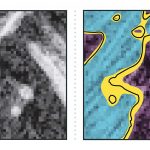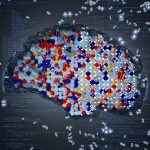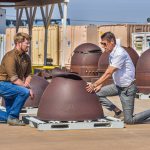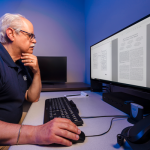Drew Kouri awarded DOE Early Career Research Program grant
The DOE awarded the grant to Drew for his algorithms that solve complex problems in technical fields that may involve uncertain or inexact responses. The grant provides funding for five years to cover his salary and research expenses.
Sandia 3D-imaging workflow has benefits for medicine, electric cars and nuclear deterrence
The new method produces a range of computer-simulated outcomes, which could equip engineers and doctors with better information.
Demonstration of high-speed alloy creation might revolutionize hydrogen’s future
A group of Sandians and international collaborators use computational models to predict the phenomena that occurs when hydrogen interacts with metals.
Pathways to production
RetSynth software helps scientists identify the series of biological and chemical reactions needed to modify the molecules in a cell and ultimately create a desired biological product.
Extending nuclear power accident code for advanced reactor designs
Sandia expands its accident modeling software, called Melcor, to help the Nuclear Regulatory Commission evaluate the safety of new nuclear reactor designs.
Sandia engineer turns error detection into ‘secret language’ for enhanced data security
While researching ways to decrease errors in electronic messages, computer scientist Celestino Corral invented a method that could make messages, like email, more difficult for unauthorized “listeners” to decode.
Sandia plays host to New Mexico solons
Sandia plays host to New Mexico solons
Hruby and Truman Fellows take time out to chat
Bette Webster, Nils Otterstrom and Aaron Sharpe talk about their research careers and Sandia
New report chronicles Labs’ high-performance computing achievements
New report chronicles Labs’ high-performance computing achievements
Prehistoric humans first traversed Australia by ‘superhighways’
Sandia supercomputer creates most detailed analysis ever of continental human migration









